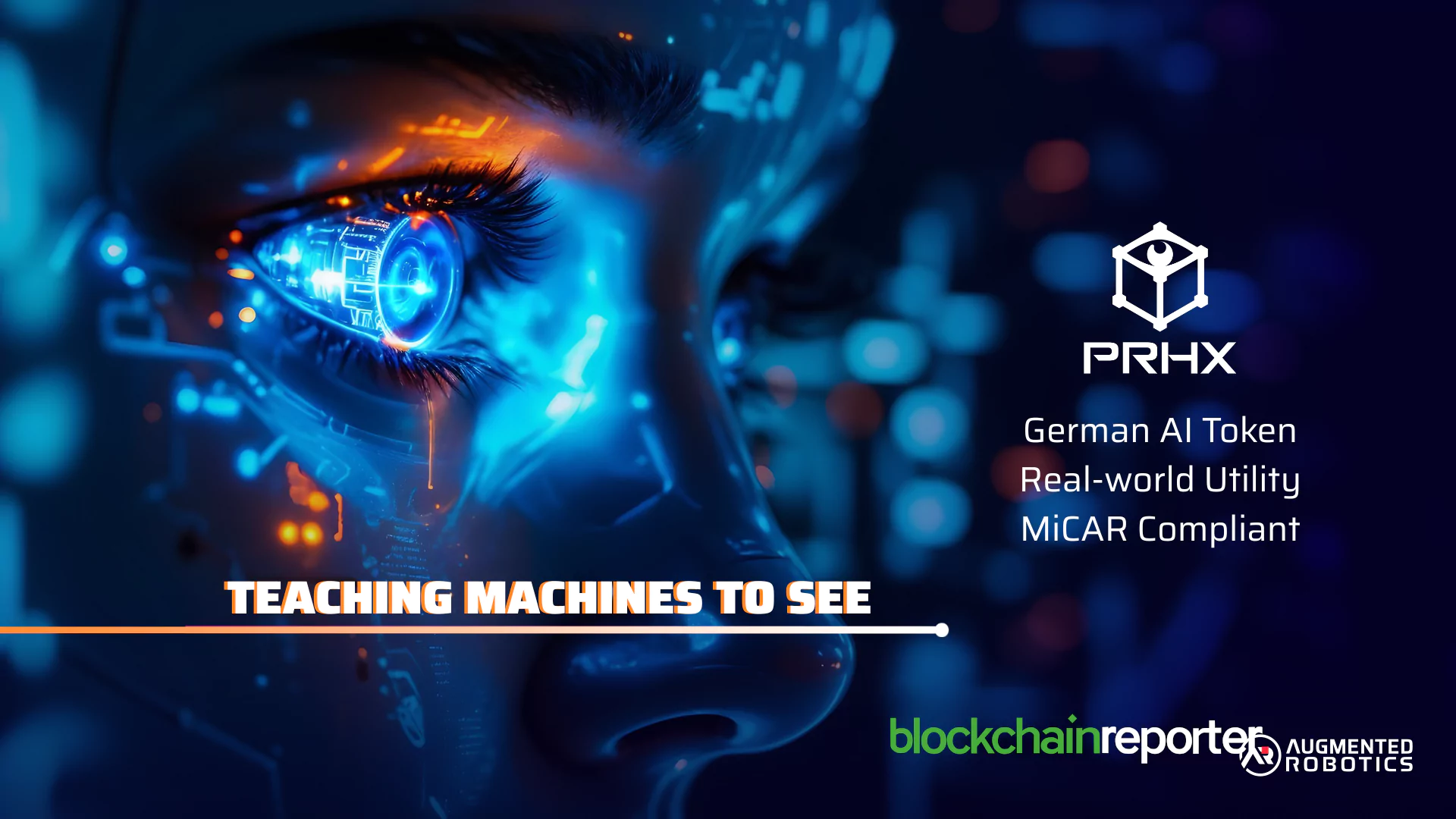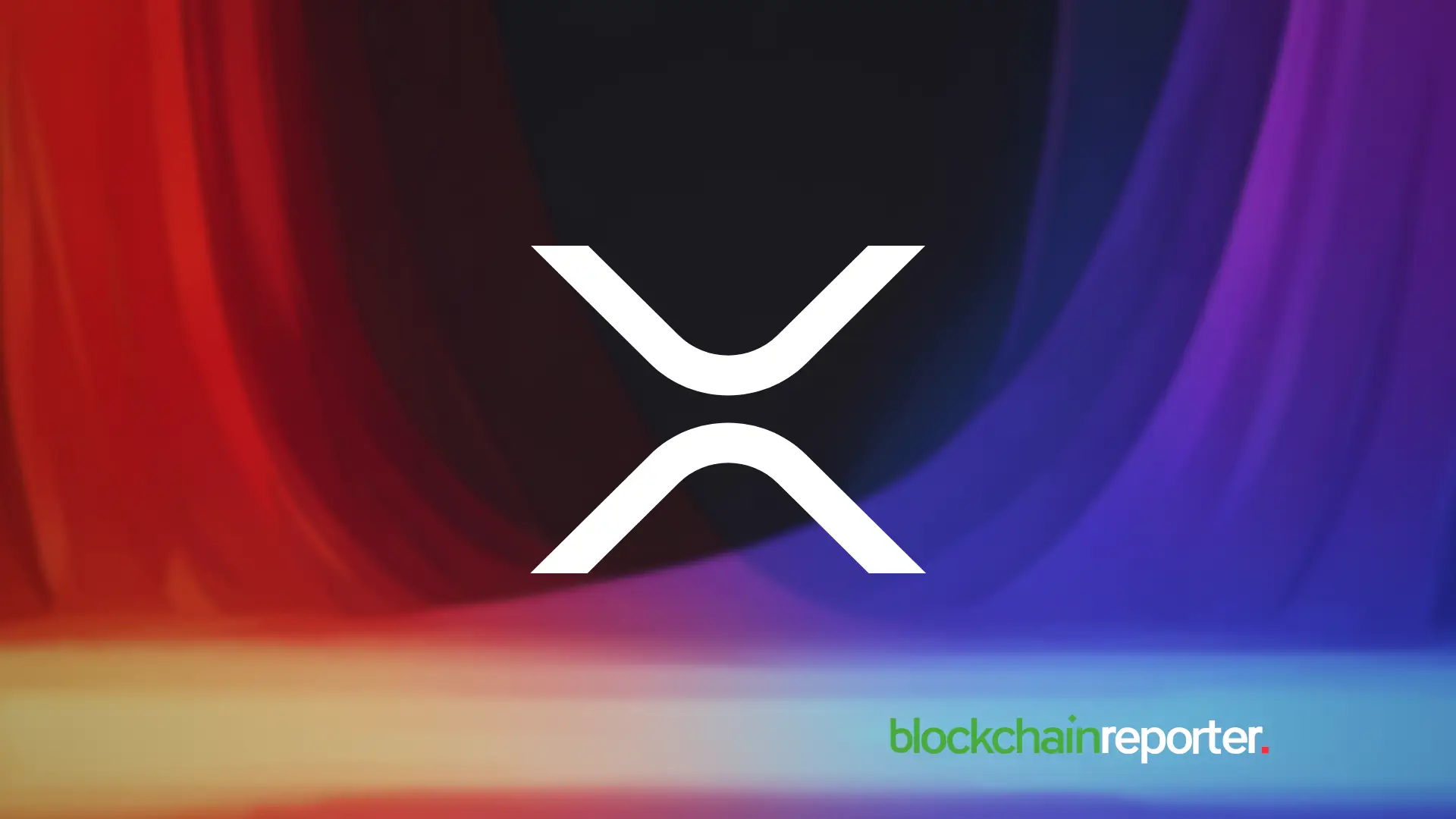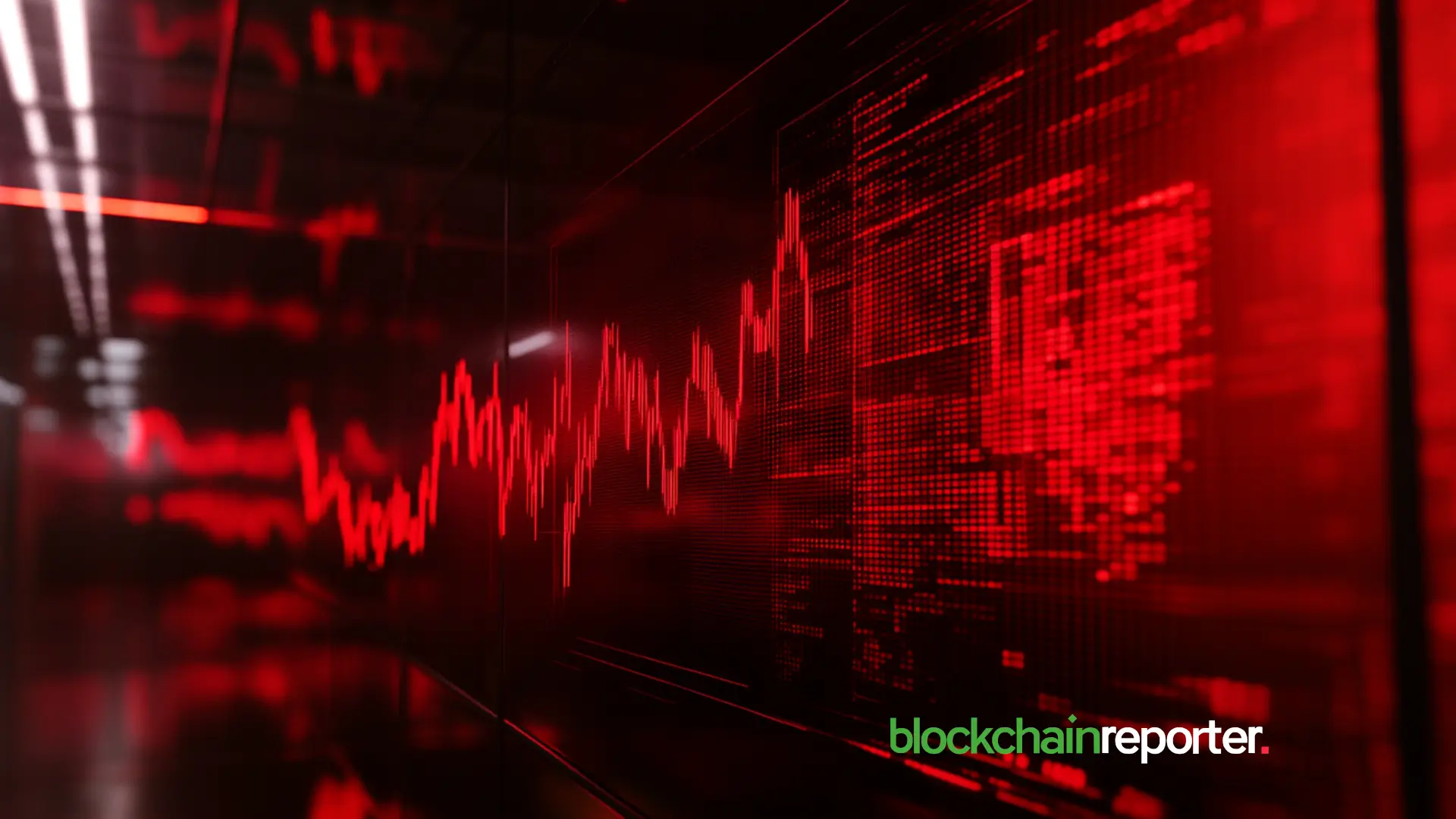The Bottleneck of Spatial AI: Why 3D AI Model Generation Needs to be as Easy as DeepSeek/ChatGPT



Imagine creating a digital world where virtual objects blend seamlessly with our real environment. The possibilities feel endless – from augmented reality (AR) games that bring fantasy to life, to robots that understand and navigate our spaces safely. But there’s a major hurdle slowing this progress down: building accurate 3D models.
Unlike ChatGPT, which can generate text instantly and effortlessly, creating 3D models that spatial AI systems can understand is slow, costly, and complicated. This bottleneck limits the reach of spatial AI, making it hard for many developers, startups, and businesses to innovate freely.
Why Is 3D Model Generation So Difficult?
Building a 3D model usually means gathering thousands of images from every possible angle, labeling them carefully, and then feeding that data into complex training algorithms. It’s a process that demands a lot of time, money, and expert knowledge. Not everyone has access to such resources.
But there’s another challenge to consider. It’s not just about labeling images for the appearance of the object – it’s also about understanding the depth of the object. In other words, how far or close the object is from the camera or viewing lens. Computers don’t naturally have depth perception like humans do. For example, autonomous vehicles use sensors and detectors to measure the distance between the car and objects, giving them a sense of depth to navigate safely. This process works well for large-scale applications like self-driving cars, but for smaller applications, such as AR-based apps for a small business, the cost and technical expertise required can be prohibitively high.
For most developers or small businesses, building this kind of depth-awareness into an application isn’t feasible without expensive sensors and advanced tech. It would require expertise from several specialists – some working on the data collection side, others on the algorithm side, and still others on the application design.
This is precisely why Project Horus is so significant. Through our patented technology, we’ve tackled this exact issue, making it easier for anyone to create spatial AI-based applications. Now, anyone—from developers to small business owners—can access powerful tools to create AR experiences without needing the deep pockets or extensive expertise that traditional methods demand.
ChatGPT Changed the Game for Text – Why Not Spatial AI?
ChatGPT set a new standard for simplicity and accessibility. Type in a question or request, and it responds instantly, with no special training or setup required on the user’s part. What if creating 3D models was just as easy?
Imaging simply uploading a short video of an object and receiving a fully functional 3D model ready for use. No waiting for months, no in-house experts needed for electronics or machine learning, and not need for massive datasets and complex workflows. That kind of ease would open up spatial AI to a much broader group of creators.
A Vision for Simple 3D Model Creation
Think of a tool that lets you capture an object on your phone, hit a button, and instantly get a detailed 3D model. No expensive hardware, no lengthy training, just quick and reliable results. Developers could focus on building great applications, while businesses could bring products to market faster.
This model creation process could also include options to edit, share, or sell models in a marketplace – building an ecosystem that empowers everyone from solo developers to large enterprises.
Why Existing Solutions Don’t Cut It
Some platforms have begun to tackle 3D model creation, but many still rely heavily on manual input or require specialized equipment. They often focus on improving the AI behind the scenes, but don’t make the process any easier for users.
The key is combining powerful AI with user-friendly tools. Making spatial AI as simple to use as other popular digital tools means hiding complexity while delivering accuracy and speed.
What’s at Stake
Making 3D model generation easy would change everything. It would drive a surge in AR applications across industries – education, healthcare, entertainment, e-commerce, and more. More creators would have the tools to bring their ideas to life.
It would also boost robotics, allowing machines to better understand and interact with their surroundings. The social and economic impact could be enormous, opening doors we haven’t yet imagined.
Enter Project Horus and the PRHX Token
One project working toward this vision is Project Horus. It aims to simplify 3D model creation by allowing developers to generate spatial AI models from just a single video. No need for thousands of images or complex setups.
Project Horus will be built a cloud-based platform offering AI-powered tools that automate and speed up model training and spatial recognition. Its native PRHX token is the fuel for this ecosystem. Developers and businesses use PRHX to pay for services like model training and cloud processing at discounted rates, creating a seamless, token-powered marketplace. By cutting down costs and complexity, Project Horus hopes to democratize spatial AI development, opening the door for innovators big and small.
3D model generation is the last big hurdle for spatial AI to reach its full potential. Projects like Horus are showing that with the right tools, simplicity and power can go hand in hand. And when creating 3D models becomes as easy as asking a question to ChatGPT, the next wave of AR innovation will finally be unleashed.
To learn more about the project, visit www.projecthorus.ai .
#Marketing Ad: This crypto asset marketing communication has not been reviewed or authorised by any competent authority of a Member State of the European Union. The provider of the crypto asset bears sole responsibility for the content of this crypto asset marketing communication.
For complete and legally binding information regarding the PRHX token offering, please refer to the official white paper published by the Issuer.
https://projecthorus.ai/wp-content/uploads/2025/05/ProjectHorusX_Whitepaper.pdf
Disclaimer: This crypto-asset white paper has not been subject to review or approval by any competent authority of any Member State of the Union.
Issuer:
Augmented Robotics GmbH
Bismarckstraße 10-12
10625 Berlin
GERMANY
Tel. +49 30 16639418
crypto@projecthorus.ai
https://projecthorus.ai

XRP Price Prediction: Can it Break $2.6 Resistance – Nexchain Enters Stage 18 of Crypto Presale
XRP eyes $2.6 breakout as Nexchain enters Stage 18, raising $4.2M with AI utility and 429% return po...

Crypto Market Stumbles Amid Wider Geopolitical Tensions and Macroeconomic Shifts
Crypto market dips by 4.14% amid Israel-Iran tensions and fading Fed rate cut hopes, with Bitcoin ($...

CESS Network Integrates with Blazpay to Redefine DePIN and AI Storage
Blazpay partners with CESS to merge AI-powered DeFi with decentralized storage, advancing secure, sc...

